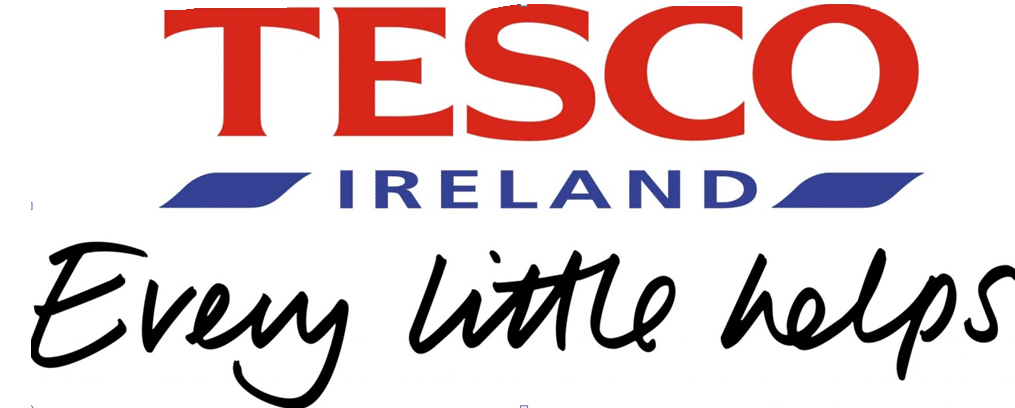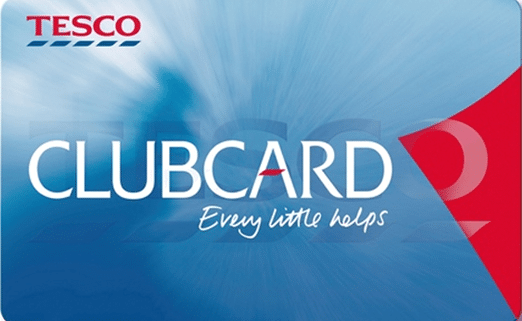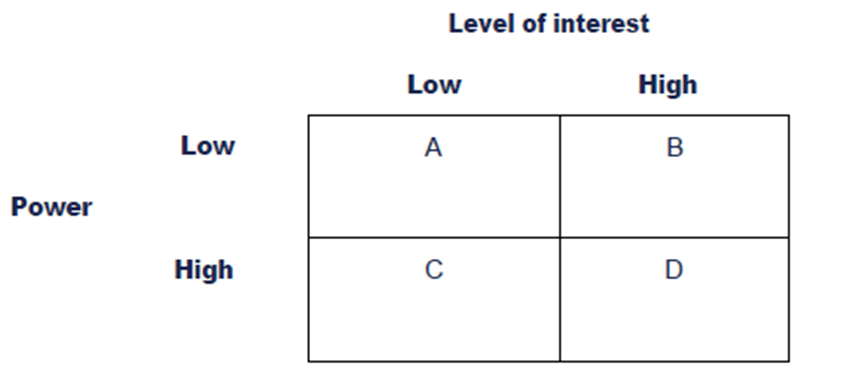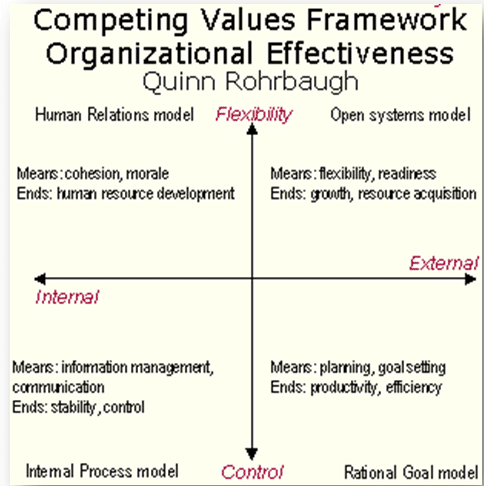- Posted on
- Unique Submission Team
Strategic Analysis Of Tesco
Introduction
This report covers analysis of critical success factor of Tesco which includes its SWOT analysis and the way company has used this factor for building its capabilities.
The various stakeholders of the company have been identified in the research. Culture of the company has been analysed through suitable framework to ascertain the competency of firm for future challenges.

Capabilities and key success factors of Tesco Ireland
Tesco, Ireland is one of the major retailers in food segment of Ireland. It has more than fifteen thousand two hundred employees. As per analysis of retail sector profit from Ireland unit of Tesco is highest among other units of company.
One major competitive advantage of Tesco is its capability to remain flexible, innovative, and ready to change continuously and rapidly as per the changing business environment and customer’s demand (Banerjee and Soberman, 2013).
A combination of these capabilities has been termed as ‘dynamic capabilities’ in the world of literature. The two major tools used by Tesco for effecting requirement of change in the organization are mentioned below-
The first tool used by Tesco is ‘Club-Card’ which is solely for providing marketing offers. By this company gets information related to its customers like their interest and utilizing that information for satisfying them with company’s product portfolio.
Tesco introduced the club card invention which has proven to be a success for the organization (Tesco.ie, 2015).

Figure: CLUB CARD OF TESCO IRELAND
The second tool used by Tesco is focus on integration of knowledge within the organization. In enhancing capabilities of organization knowledge integration plays a vital role.
However, achieving knowledge integration is a major challenge for any company as it involves consideration of all processes of organizations. The main aim is integration of crucial elements of knowledge throughout the entire organization (Barei and Le Pen, 2014).
And for achieving this Tesco has created an efficient information technology cell. Apart from applying a system which keeps track of inventories and deliveries along with analysis of transactions, company is also utilizing extranet system.
By this Tesco has built a proprietary as well as customized flow of information between itself and its partners. This way a safe interaction platform provided by company to its partners through online firewalls, scalability, enhancing flexibility and integration through the company (Filipovic, 2013).
As far as operation of company is concerned Tesco is service oriented. It focuses on maintaining stocks and shelves, 7 days operation hours in a week for providing service to its customers.
Tesco’s website tesco.com which was launched in the year 2000, is now the biggest grocery website today (Kursunluoglu, 2014).
As far as digital infrastructure is concerned, Tesco has its own anti-fraud software for countering internal theft. Functions like planning as well as control concentrate on cash and cost control in various activities of company.
The department of profit protection has the objective to lower the shrinking profit. Company is following strategy of business unit for enhancing its capabilities.
SWOT analysis of Tesco
Strengths
| Weaknesses |
Wide and Diversified Customer Base Strong Product Portfolio Patents and Patent License Agreements
|
Infringement controversies Concentrated operations
|
| Opportunity | Threats |
Continue investing in Research and Development: Strategic acquisitions: Positive look out for global Top drive market:
| Global Economic Environment: Seasonal Variations: Risks in oil and gas industry:
|
Critical success factors:
The critical success factor of Tesco Ireland is the location of its store at populated areas which make it easily accessible to large population.
The digital store of Tesco is also a major contributor for increasing revenue through online sales and increasing capabilities of the store for serving customers who remain at remote location (Lim, Machado and Iglesias, 2015). Company is also actively involved in corporate social Responsibility activities for serving society.
Also, strong relationship with partners has helped company is expanding its capabilities for fighting competition in the market.
According to Stakeholder theory stakeholders have personal interest in the working of company (Li, 2013). Because of this vested interest they are concerned with the future of the organisation.
The theory helps in realising different stakeholder to the company and the way to effectively manage these stakeholders by satisfying their interest (Modaff, DeWine & Butler, 2011).
As per stakeholder theory the major stakeholder in a company are its customers, employees, financiers, suppliers, government agencies, political parties, trade unions etc.

Figure: matrix of stakeholder theory
The matrix of stakeholder theory divides the stakeholders on the basis of their power and interest level in company. As far as Tesco is concerned, type D stakeholder has high level of interest and high level of power, such stakeholders are customers of Tesco who have the power to affect the revenue of the company and have interest because of receiving good quality services and goods.
Type C stakeholder is those who have high power but low interest in firm’s operation. Such stakeholders for Tesco are its financers and shareholders (Tesco, 2018).
Tesco must satisfy their interest through attractive return on investment. Type B stakeholders have high level of interest but have low power, such stakeholders are employees of the company.
These stakeholders are responsible for growth of the company and crucial for the organization.
The type “A” stakeholders has low power and low level of interest, for Tesco such stakeholders are social groups, creditors. Although such stakeholders have low effect on company but must be monitored closely for effective strategy formation (Miles, 2012).
The theory is crucial for Tesco in identifying its different stakeholders and their level of interest in the organisation.
For Tesco customers are its crucial stakeholder and each strategy of company is customer oriented. Company is committed to provide superior service and products to this stakeholder.
Another vital stakeholder of company is its employees. Tesco has created appropriate working condition for its employees. Company is having suitable compensation policy, training and development programs for its employees for helping employees to move ahead in their career.
Company is also running suggestion schemes for its employees to keep them motivated for contributing their valuable ideas to the company. Also, company has installed appropriate safety and security measures in its stores for ensuring safety of customers as well as its employees.
Other major stakeholder of company is its supplier (Tescoireland, 2018). Company is having strong relationship with its supplier for ensuring timely delivery of quality product. Extranet facility is provided by the company for secure and effective transaction between the partner firms.
Tesco has gained a competitive advantage over other firms owing to strong relationship with its suppliers. Company organises regular meetings with its supplier and have clear appeal system to address problems of suppliers. Investors of Tesco provide financial backing to the organisation (Tesco, 2018).
Company regularly releases investor’s press release for informing its investors about the performance of the company. Also, all important decisions of the company is implemented after approval of board of directors.
Any conflict with investors would affect the financing problem for the company which would directly affect the profit figures of the organisation. In similar line, for satisfying the interest of society company is running various CSR activities and company is also complying all rules and regulation of government agencies (Tesco, 2018).
Theoretical framework to assess the Tesco’s culture
For assessing the culture of any organisation ‘framework of competing value’ is widely accepted as most suitable framework.
This framework considers the culture of the firm on the basis of its focus (whether external or internal) and scope for flexibility, individuality as well as control.
Framework of competing values consists of six different cultural dimensions along with four kinds of cultures, namely, clan, adhocracy, market and hierarchy. In addition, the framework uses Organisational Cultural Evaluation Instrument (OCEI) for assessing the organisational culture profile based on company’s values, assumptions, interpretations as well as approaches (Kwan and Walker, 2004).
Figu
Source:Kwan and Walker (2004)
- Clan: This culture concentrates more on internal management through showing concern for employees, as well as customer along with scope for changes.
- Hierarchy: In this culture, company focuses on management through application of control and power for sustaining stability.
- Adhocracy: Under this, the organisation concentrates on external position by way of higher level of flexibility and individuality (Cameron and Quinn, 2006).
- Market: The culture is such that firm focuses on external maintenance by creating need of stability and control.
The upper left quadrant represents the human relations model that incorporates flexibility and control (Filipovic, 2013).
It covers ideas related to cohesion and morals. Employees become part of social system and association develops by way of feeling of affiliation and sense of togetherness within the company. The upper right quadrant showcase the open system model under which, flexibility in externally focus.
This adaptive adhocracy supports creativity, adaptation, development, innovation as well as acquisition (Banerjee and Soberman, 2013). In such culture the staffs of company is motivated through inspirations and new challenges.
The lower right quadrant represents model for rational targets, having linkage with external predictability. Organisation changes its strategies as per market scenarios for managing competitiveness, productivity, and efficiency. In this, staff is united by concentration towards achievement of goals (Barei and Le Pen, 2014).
The lower left quadrant denotes internal process model or hierarchy culture in which company concentrates on documentation, stability, routine, centralisation, continuity and control. Employees are guided by policies, procedures and rule sonly.
For assessing the culture at Tesco framework of competing values has been applied. Through application of Organisational Cultural Evaluation Instrument the type of prevailing culture will be assessed. On the basis of assessment the culture of Tesco is summarised below-
Based on the framework, the culture of Tesco is a mix of different quadrant in which some assumption and values have more impact on others.
Clan culture is more in Tesco Ireland as company pays much importance towards welfare of its employees. There is supportive environment within the organisation.
The compensation policy of company is best in the industry. Tesco Ireland provides all opportunities to its employees to develop themselves for example there is provision for internal as well as external training in the organisation (Tesco Ireland, 2018).
Company also promotes informal and open flow of communication to gain from free flow of ideas. Open door policy is used by company for it employees. Also, the adaptive advocacy is reflected in culture of Tesco Ireland in it’s polices for innovation, support of management for learning culture which enhances efficiency it each operation of company.
Company is open to suggestions and complains from employees as well as customers from bringing more efficiently in its operations. The model of rationale target also prevails in company as company sets achievable targets for its employees along with organisation as a whole (Tesco Ireland, 2018).
Thus the positive working culture in the organisation is responsible for getting best from employees through motivating them and offering their all opportunities to move ahead in their career. Development of culture of knowledge sharing has helped Tesco in generating core competencies for gaining competitive advantage over other competitors.
Recommendations for Tesco Ireland are:
1.Online Operations
Among its main competitors like Sainsbury, Morrisons and ASDA, Tesco have best internet operations and proved most effective in order to implement online operations and internet strategy.
Tesco is currently successfully operating its business through Tesco.com in varicose countries and achieving profits and sales of million products. Tesco Ireland must involve in the online line operations more effectively as here already established supermarkets reach to customers very efficiently. In Ireland, Tesco’s suppliers are Irish and this thing must be highlighted among customers in Ireland too.
In Ireland success of Tesco is important as Tesco can anticipate forthcomings. Tesco Ireland must avoid to invest in the infrastructures of warehouses. Everything depends on demands. So, Tesco Ireland must follow store based operating model which is different from warehouse based model. Store based operating model is cheap in cost and demands less time.
Tesco Ireland requires to focus in developing an E-commerce portal ensures ease to customers in order to buy products online in Ireland without any issue. Tesco Ireland must focus on new technology in digital media marketing tools in order to strengthen e-marketing through email, social marketing and networking and mobile phone marketing.
- Competitive pricing
Tesco should gain benefit to economies of scale. Production in Ireland Tesco is done in bulk; so, it should low down prices of its product. It will attract more customers against other supermarkets too.
- Research and development
Tesco should focus to strengthen its activities of research and development. So, more innovated products as well as services would be introduced. Tesco should conduct research to innovate operational processes.
It will save more money and time. Quality ideas must be encouraged by the Tesco Ireland in order to motivate staff and customers to give innovative ideas. These all are necessary to perform in this cut throat competitive market of Ireland.
More research and development activity should be conducted by Tesco in order to improve quality of products and this innovation for quality product will become one of the critical success factors of the Tesco Ireland.
- Supply Chains
Innovation in supply chain management is also a necessity for Tesco Ireland. It will have to be most efficient one. Redevelopment and development of distribution as well as sourcing will ensure improved availability of the organization along with reduce expenditure in supply.
In the present business condition companies requires to have unique capacities for which it has to concentrate on its critical success factors. Companies are also required to take care of its stakeholders for smooth operations of business and bringing efficiency in each operation. Tesco is one of such organisation which has achieved this in its journey of growth.
References:
Banerjee, S. and Soberman, D. (2013). Product development capability and marketing strategy for new durable products. International Journal of Research in Marketing, 30(3), pp.276-291.
- Barei, F. and Le Pen, C. (2014). Refocusing on R&D model or redefining marketing strategy? Anticipating sustainability for generic pharmaceutical industry. Journal of Medical Marketing: Device, Diagnostic and Pharmaceutical Marketing.
- Cameron, K. and R. E. Quinn. (2006). Diagnosing and Changing Organizational Culture: Based on the Competing Values Framework. Beijing: China Renmin University Press.
- Filipovic, J. (2013). The review of the marketing appeals and their role in the strategy of development of the successful marketing communication. Marketing, 44(4), pp.354-360.
- Kursunluoglu, E. (2014). Shopping centre customer service: creating customer satisfaction and loyalty. Mrkting Intelligence & Plan, 32(4), pp.528-548.
- Kwan, P. and A. Walker. (2004). Validating the Competing Values Model as a Representation of Organizational Culture through Inter-Institutional Comparisons. Organizational Analysis, 12(1), 21-39.
- Li, Z. (2013). E-Retailer’s Technology Strategy for Implementing Online Marketing. AMM, 427-429, pp.2716-2719.
- Lim, M., Machado, J. and Iglesias, O. (2015). Brand, identity and corporate reputation. Mrkting Intelligence & Plan, 33(2).
- Miles, Samantha (2012). “Stakeholders: essentially contested or just confused?”. Journal of Business Ethics. 108(3): 285–298.
- Modaff, D.P., DeWine, S., & Butler, J. (2011). Organizational communication: Foundations, challenges, and misunderstandings (2nd Ed.). Boston: Pearson Education. (Chapters 1–6)
- Tesco, 2018 https://www.tescoplc.com/
- ie. (2015). Health & Community Impact | Tesco Corporate Responsibility. [online] Available at: http://www.tesco.ie/corporate-responsibility/health-and-community-impact/ [Accessed 15 april 2018].
- Tescoireland, 2018 http://www.tescoireland.ie/
- Wearden, G. (2014). Tesco updates City on profits black hole, as UK retail sales disappoint — business live. [online] the Guardian. Available at: http://www.theguardian.com/business/live/2014/oct/23/tesco-updates-city-on-profits-black-hole—-business-live [Accessed 16April2018].


